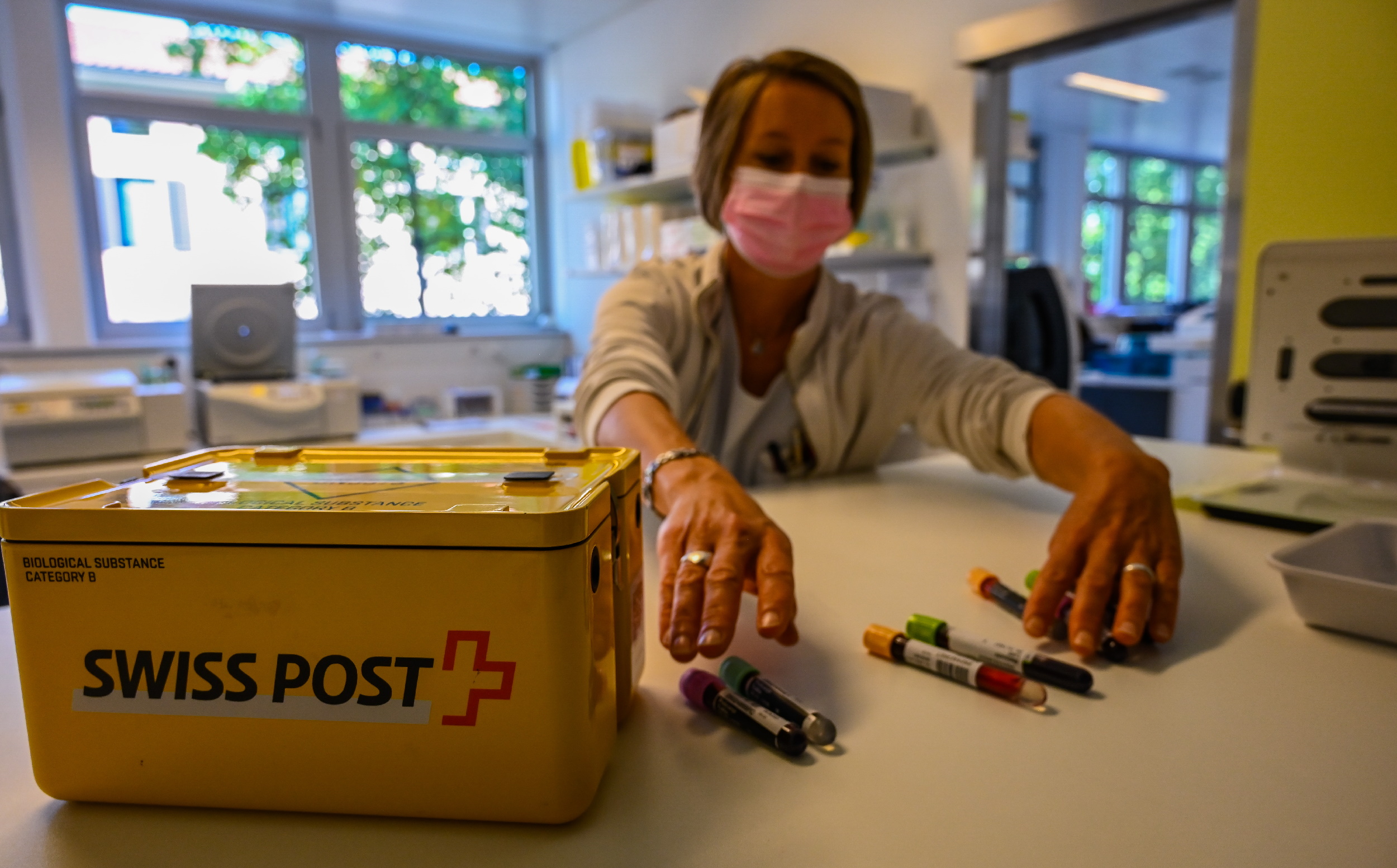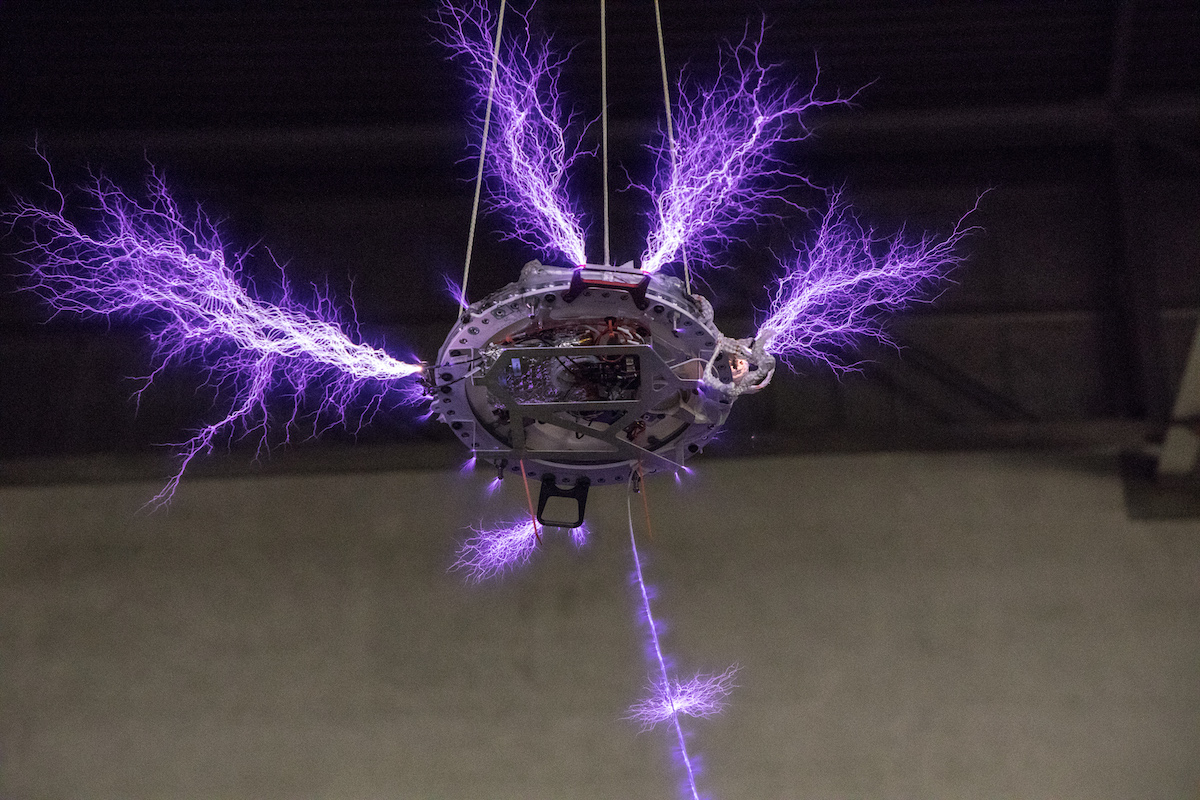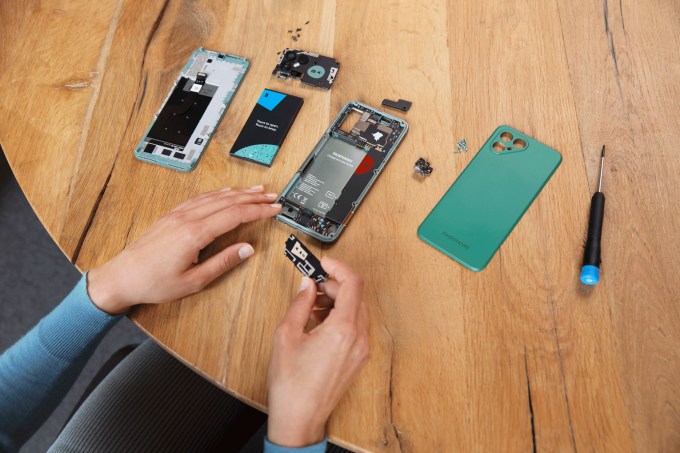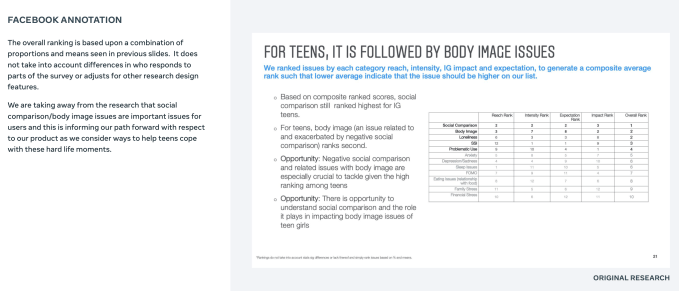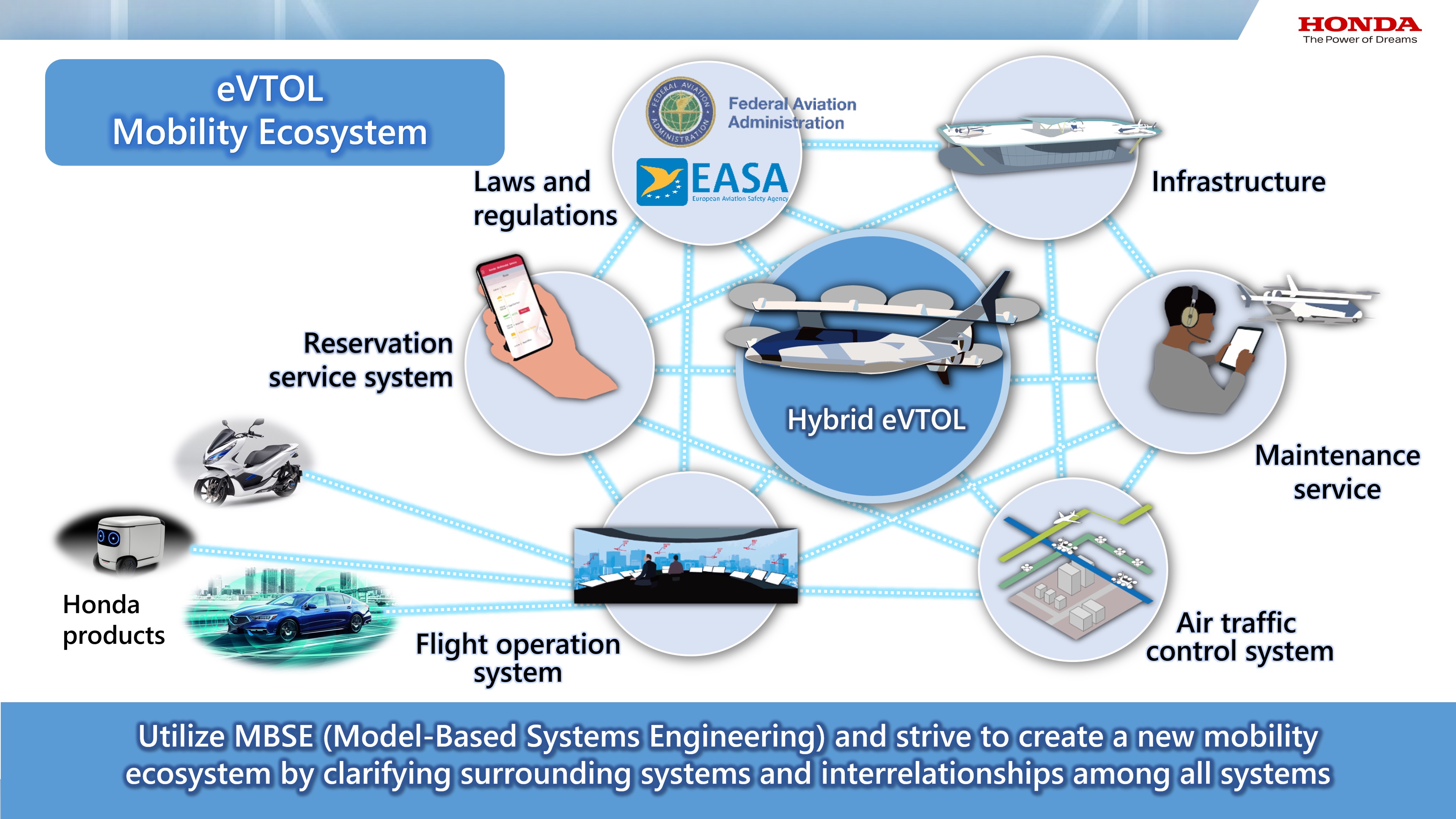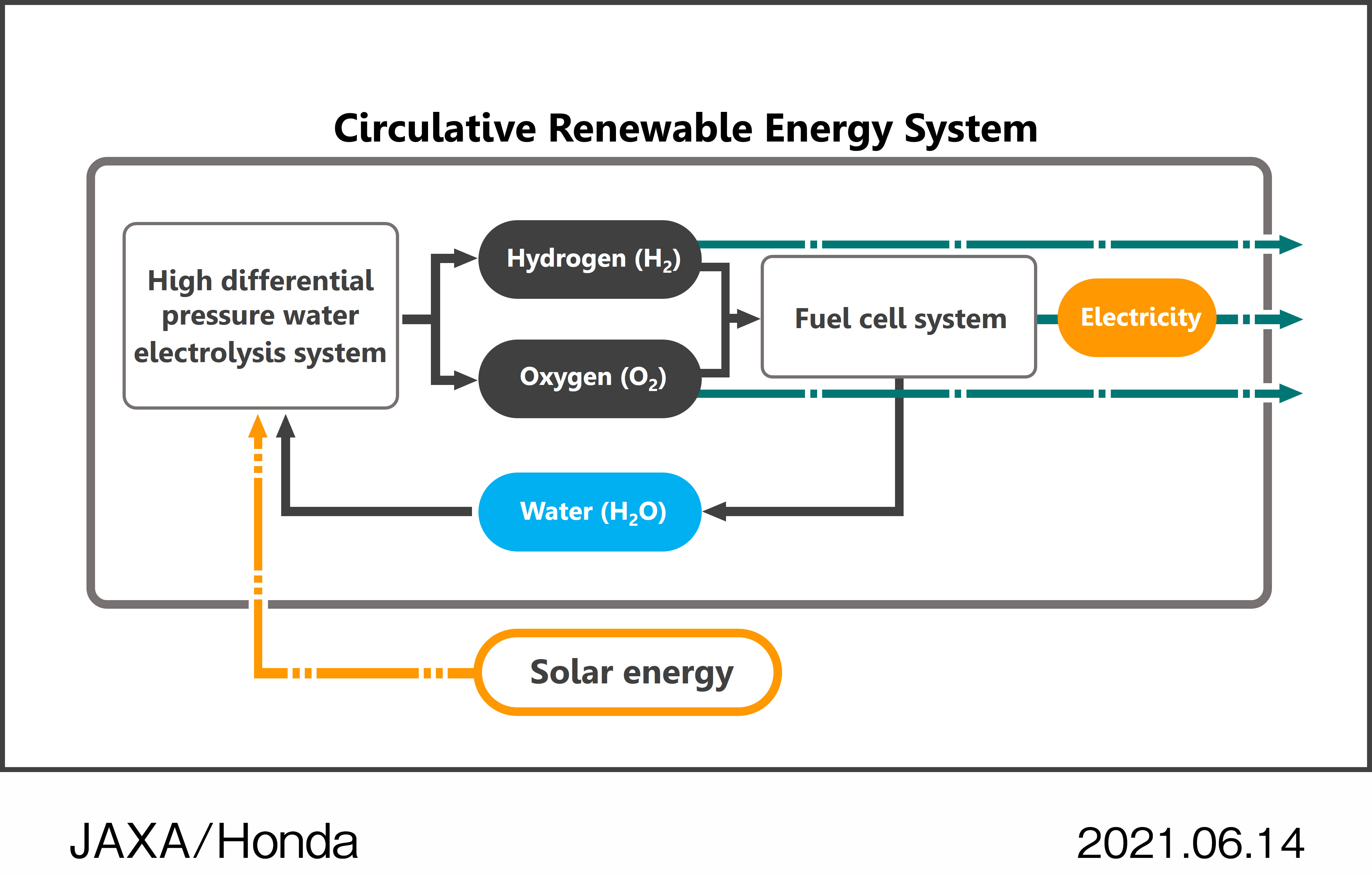Ola Electric said on Thursday it has raised over $200 million in a new financing round at a valuation of $3 billion, up from $1 billion two years ago, as it looks to scale its electric vehicle manufacturing business in the South Asian market.
Falcon Edge Capital led the financing round, the Bangalore-based startup said. SoftBank participated in the new round. TechCrunch reported last month that the startup was in talks to raise at over $2.75 billion.
The fundraise follows Ola Electric recently launching its first electric scooter, called Ola S1, that is priced at 99,999 Indian rupees, or $1,350. The electric scooter offers a range of 121 kilometers (75 miles) on a complete charge. The startup said it had sold scooters worth $150 million in just two days.
The startup, which was once the part of the ride-hailing giant Ola, said it will deploy the fresh funds to accelerate development of other vehicle platforms including electric motorbike, mass market scooter and its electric car. It’s also setting up what is the world’s largest manufacturing factory for electric scooters. The 500-acre factory in the Southern Indian state of Tamil Nadu will have a capacity to produce roughly one electric scooter every two seconds.
“We’re proud to lead the EV revolution from India to the world. India has the talent and the capability to build technologies of the future for the industries of the future for the entire world. I thank our existing investors and welcome new ones to Ola. Together we will bring mobility to a billion and sustainability to the future,” said Bhavish Aggarwal, founder and chief executive of Ola, in a statement. Aggarwal, pictured above, is also the founder and chief executive of Ola Electric.
In recent quarters, Aggarwal has urged New Delhi, and players in the industry to evolve from using gasoline-powered vehicles and switch to those run by electric by 2025.
Meanwhile, Ola is seriously exploring the public markets and may file the paperworks for an initial public offering this year. Ahead of it, the startup recently closed a $500 million financing round from Temasek, Warburg Pincus, and Aggarwal.
India’s startup ecosystem, a journey which kickstarted in late 2000s, is finally beginning to produce firms that have matured to stages where they can become public companies. And retail investors are showing great interest, too.
Food delivery startup Zomato had a stellar debut on Indian stock exchanges earlier this year. Scores of other firms including Paytm, MobiKwik, CarTrade, Nykaa, and PolicyBazaar have filed the paperworks for their initial public offerings. Indian hospitality giant Oyo is expected to follow suit as soon as this week, TechCrunch reported earlier.
Barring Oyo publishing its IPO paperwork later today, Ola’s announcement caps a buzzy day for the Indian startup ecosystem. Social commerce firm Meesho earlier today said it had raised $570 million in a round led by B Capital Group and Fidelity. The round valued Meesho at $4.9 billion, up from $2.1 billion value it had been priced at in its previous funding round in April.
OfBusiness, a business-to-business commerce unveiled this afternoon that it had raised over $200 million, too, in a round led by Tiger Global. Like Ola Electric, OfBusiness is now also valued at $3 billion. The startup’s equity was priced at $800 million in April this year.
from TechCrunch https://ift.tt/39RPxB8
